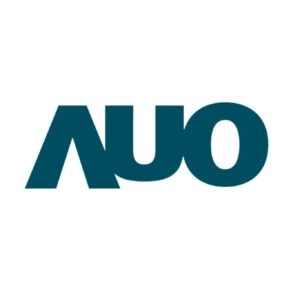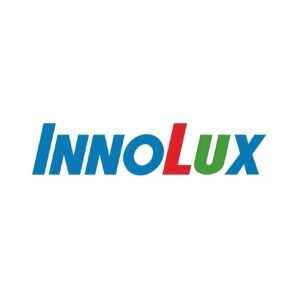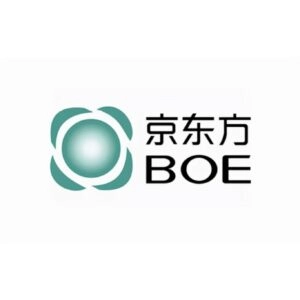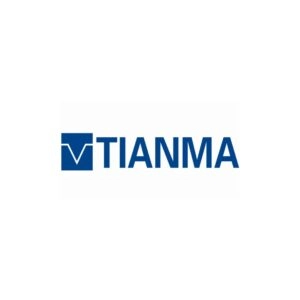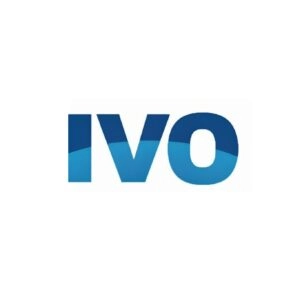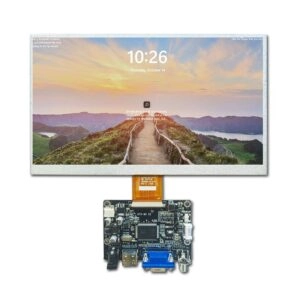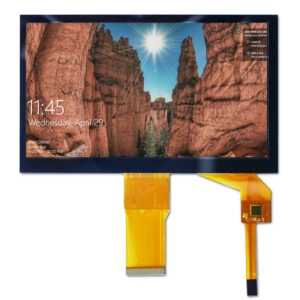TN (skręcony nematyczny)
TN (Twisted Nematic) is the oldest kind of panel still used in modern monitors. It uses LCD (liquid crystal display) tech that bends to let light pass through. These panels are known for being cheap and fast. This makes them a top pick for people on a budget and gamers who need speed.
They’re often the quickest panels out there. That’s why esports players love them. They have low response times and high refresh rates. For example, the AOC Agon Pro AG246FK gaming monitor hits up to 540Hz on a 24.5-inch screen. This speed is great for fast games where every second matters.
But TN panels have some downsides. Colors aren’t as true, especially when you look from the side. The contrast is also pretty low compared to other panels. Still, TN panels are a budget-friendly choice for office setups or extra screens where colors aren’t a big deal.
VA (Vertical Alignment)
VA (Vertical Alignment) panels work well for many tasks but don’t shine in one area. They give a balanced mix of features. This makes them good for everyday use, especially where deep blacks and strong contrast matter more than perfect colors or speed.
VA panels have the best contrast among basic backlit panels. Only OLEDs beat them with near-endless contrast. While IPS and TN panels usually have contrast around 1,000:1, VA panels can hit 4,000:1 or more. This makes them awesome for watching HDR videos or media.
One drawback is slower pixel changes. VA panels have a 5ms grey-to-grey (GtG) response like others. But black-to-white changes are slower. This can cause ghosting in fast-moving scenes, which isn’t great for competitive gaming. Newer Fast VA tech has made this better, though.
VA panels are common in curved monitors. They’re not the only curved option, but they offer the best deal for the price.
IPS (przełączanie w samolocie)
IPS panels line up their liquid crystals side by side with the screen. This setup gives great color accuracy and steady visuals from wide angles—up to 178°. This makes IPS perfect for teamwork or creative work like editing.
IPS is known for awesome colors and wide viewing angles. It’s the top choice for pros who edit photos or videos and need true colors. Even backlighting is key here. Uneven lighting can cause backlight bleed, which is a common IPS flaw.
IPS panels used to cost more than TN or VA. But prices have dropped as newer tech arrives. Today, IPS monitors often support fast refresh rates and quick response times. They’re good even for casual gaming.
When comparing IPS vs TN vs VA, IPS is a great middle option. It balances speed and picture quality, especially for work needing accurate visuals.
Mini LED
Mini LED isn’t a panel type. It’s a fancy backlighting tech used with LCD, usually IPS or VA. It uses thousands of tiny LEDs—50 to 100 times smaller than regular ones. These create small dimming zones for better contrast and brightness control.
Mini LED is a step above regular LED but not quite as good as OLED. It doesn’t match OLED’s colors or speed but gets close without burn-in risks. Mini LED screens shine in bright rooms because they’re super bright.
But they have flaws. Mini LED can show a halo effect, where bright objects glow a bit against dark backgrounds. Also, Mini LED monitors are pricey due to complex making processes and fewer models.
Still, Mini LED is popular with pros who need high dynamic range visuals. It’s great for long-lasting screens without the image retention issues OLEDs can have.
OLED (Organic Light-Emitting Diode)
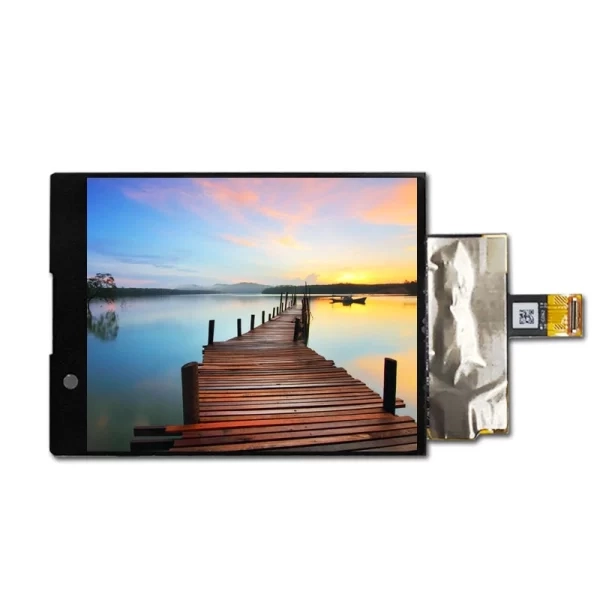
Unlike LCDs, OLED (Organic Light-Emitting Diode) doesn’t need a backlight. Each pixel makes its own light. This gives true blacks and super high contrast, great for movie watching and immersive gaming.
For picture quality, OLED is usually the best for movies and games. It has super fast response times, as low as 0.03ms GtG, and great color across wide angles. This sets a new bar for amazing visuals.
There are two types: WOLED (White OLED) and QD-OLED (Quantum Dot OLED). Both give top-notch images but cost more. Without a backlight, they risk burn-in, especially with static images like the Windows Taskbar or game HUDs.
To reduce this risk, makers add features like image refresh cycles. Some brands offer longer warranties if you use these features right.
OLED isn’t great in bright rooms because it’s less bright than Mini LED or some IPS screens. But it’s unmatched for deep blacks and bright visuals.
Summary
When comparing IPS vs TN vs VA monitor technologies:
- TN: Super fast and cheap but has poor angles and colors.
- VA: Gives deep blacks and strong contrast but may ghost in fast scenes.
- IPS: Balances great visuals and speed with wide angles and true colors.
- Mini LED: Boosts LCDs with better brightness control but costs more.
- OLED: Offers the best picture with self-lit pixels but needs careful use to avoid burn-in.
Each tech fits different needs. TN is great for fast gaming. IPS or OLED suits pro content creation.
Miqidisplay: One-Stop Display Solution Provider
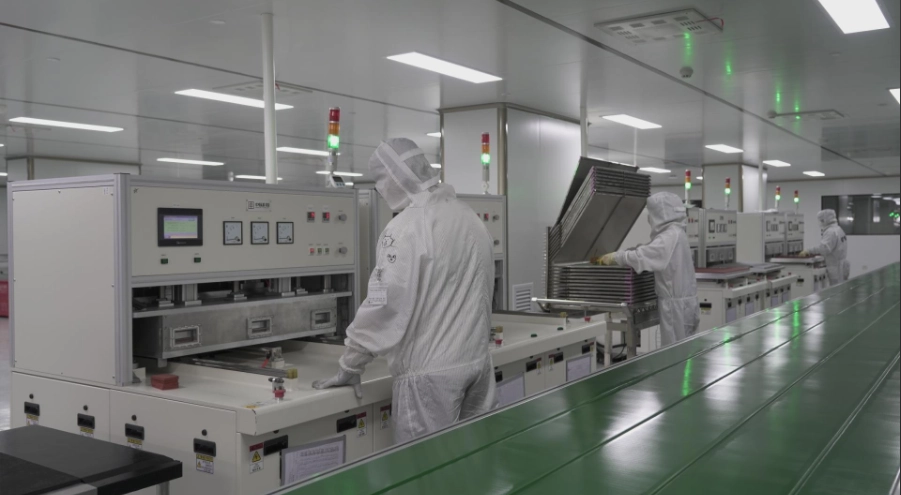
Miqidisplay is a trusted source for advanced display tech. They offer a wide range of LCD, TFT, IPS, OLED displays, and special accessories.
With over 20 years of know-how, Miqidisplay leads in custom Liquid Crystal Display (LCD) services. Their facilities are TS-16949, ISO-9001, and ISO-14001 certified for top quality.
Whether you need AUO LCD Screens or Raspberry Pi TFT Displays, Miqidisplay has cutting-edge production and testing tools. They provide standard and custom display and touch solutions. Their products are used in medical devices, industrial controls, security gear, car dashboards, and more.
With over 300 global custom projects, they handle small or big orders. Their team ensures 90% of orders ship the same day. They offer 24/7 support for pre-sales and after-sales help.
FAQ
Which panel type is best for competitive gaming?
For competitive gaming, TN panels are super fast and affordable.
Are IPS displays good for photo editing?
Yes. IPS displays give true colors, perfect for pros editing photos.
What’s better—Mini LED or OLED?
It depends. Mini LED is bright and avoids burn-in. OLED has amazing contrast but risks burn-in.
Can Miqidisplay provide custom monitor solutions?
Yes. They meet many needs with custom display solutions for hardware and software.
How reliable is Miqidisplay’s delivery?
Over 90% of orders ship the same day, ensuring fast delivery worldwide.
